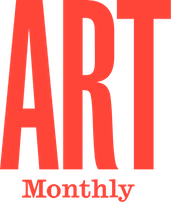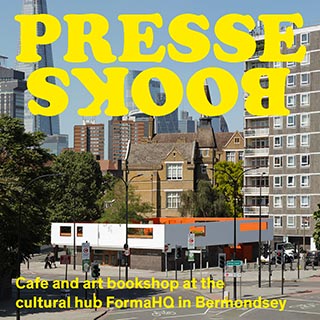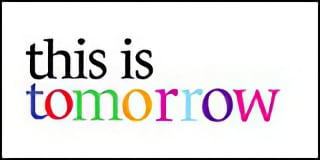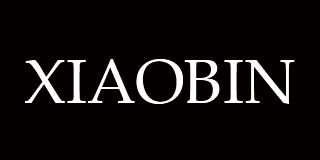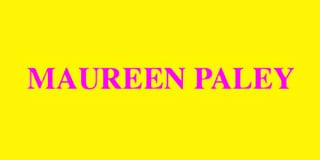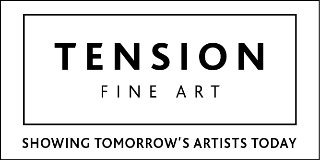Art Monthly 491
November 2025
Suzanne Treister
interviewed by Jamie Sutcliffe
Curating Difference
Lisa Slominski
Art Treatment
Tom Denman
Re-de-photography
Mark Prince
Buy Now – select:
Want to read this right now?
Get instant access to the entire back catalogue via Exact Editions from only £8.99!
Contents
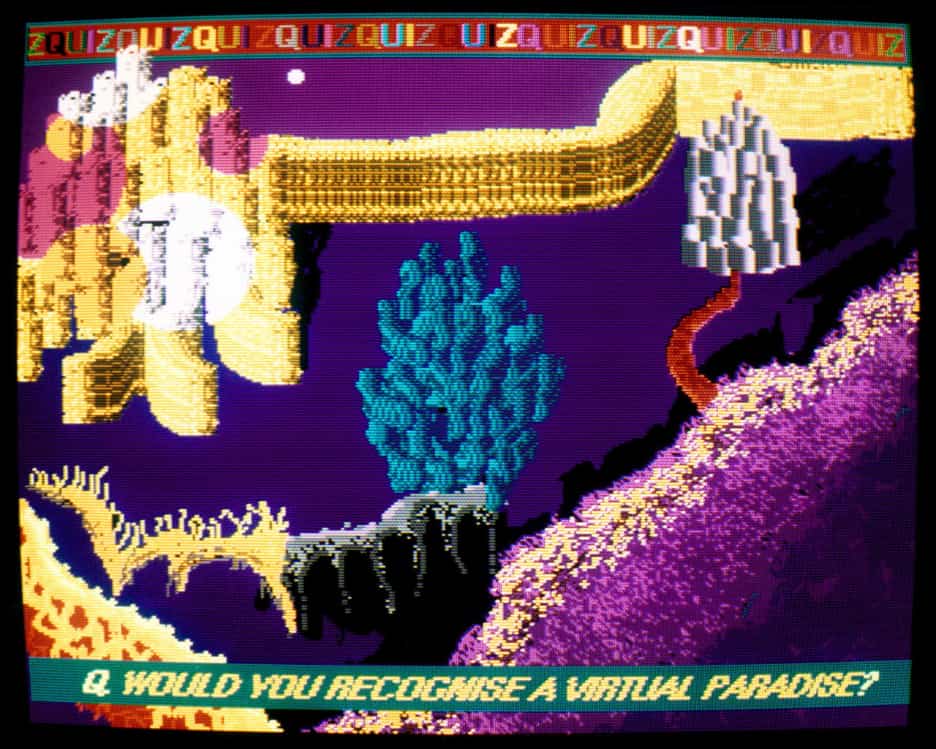
Suzanne Treister, Q. Would You Recognise a Virtual Paradise?, from the series ‘Fictional Video Game Stills’, 1991–92
Interview
Time Travel
Suzanne Treister interviewed by Jamie Sutcliffe
Let’s take a wider perspective and assert that all art by default creates a crack in consensus reality, that on one level or another all art is visionary, all art is political, all art is mystical, all art is about identity, all art is holographic and so on.
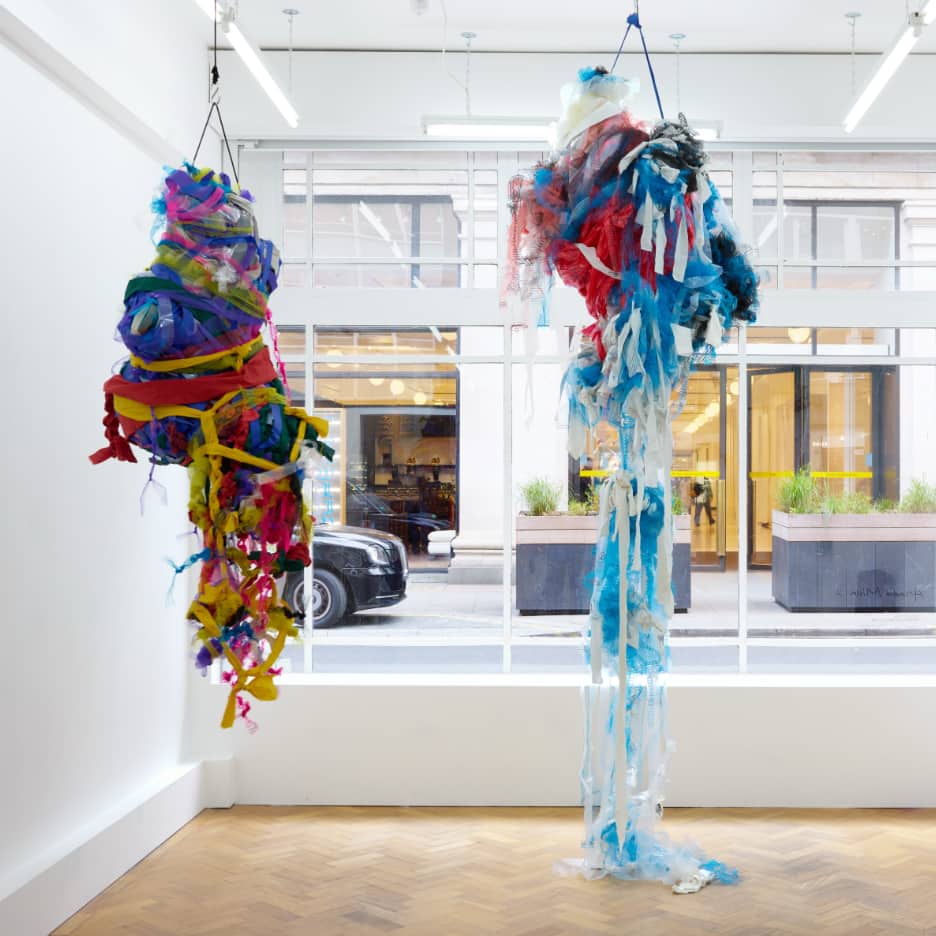
Nnena Kalu, installation view, Arcadia Missa, London, 2024
Feature
Curating Difference
Lisa Slominski asks whether it is possible to contextualise difference with care and without instrumentalising it
Nnena Kalu’s nomination for this year’s Turner Prize raises important questions about ethics, interpretation and responsibility, and invites broader reflection on how representation is negotiated.
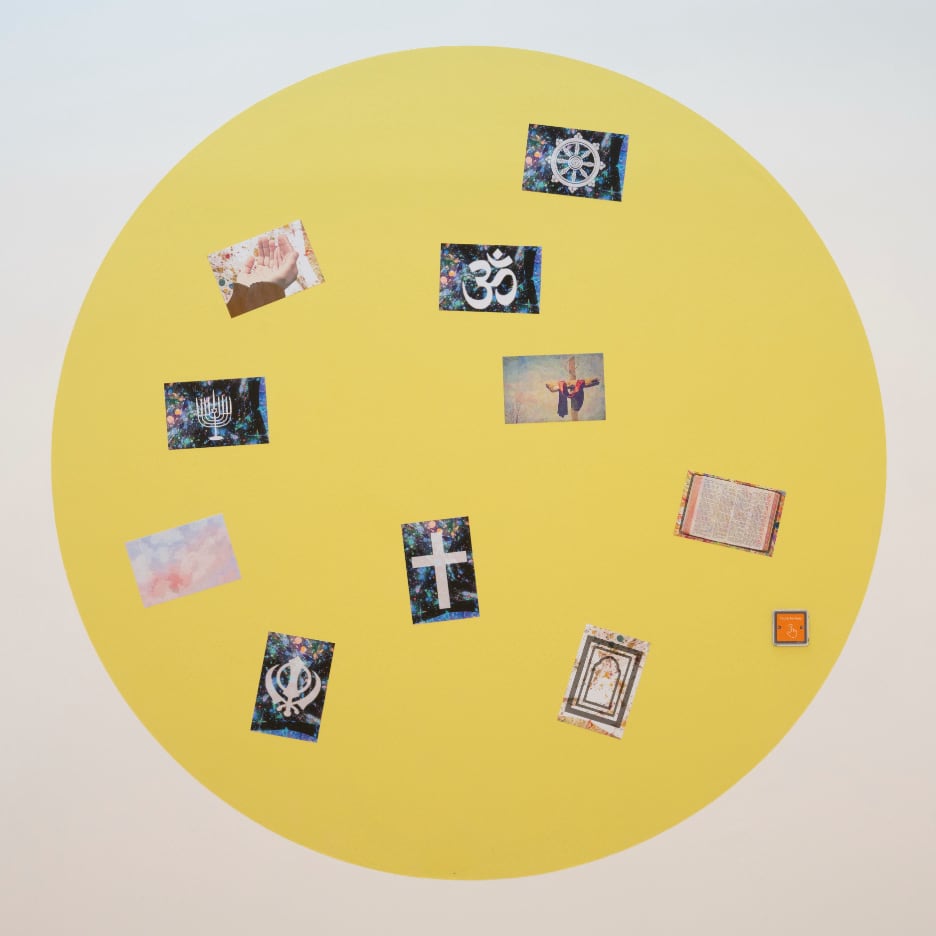
Abbas and Yasiin Zahedi, Magnetic Sun, 2022, installed at Springfield University Hospital
Feature
Art Treatment
Tom Denman assesses what it takes to make art in and for hospitals, concluding that the best approach encourages an ‘interdependent therapeutic gaze’
The question is, how can the therapeutic gaze be harnessed to upset the top-down, objectifying dynamic we might associate with medical practice, including the wider neoliberalist framework of arts in health advocacy?
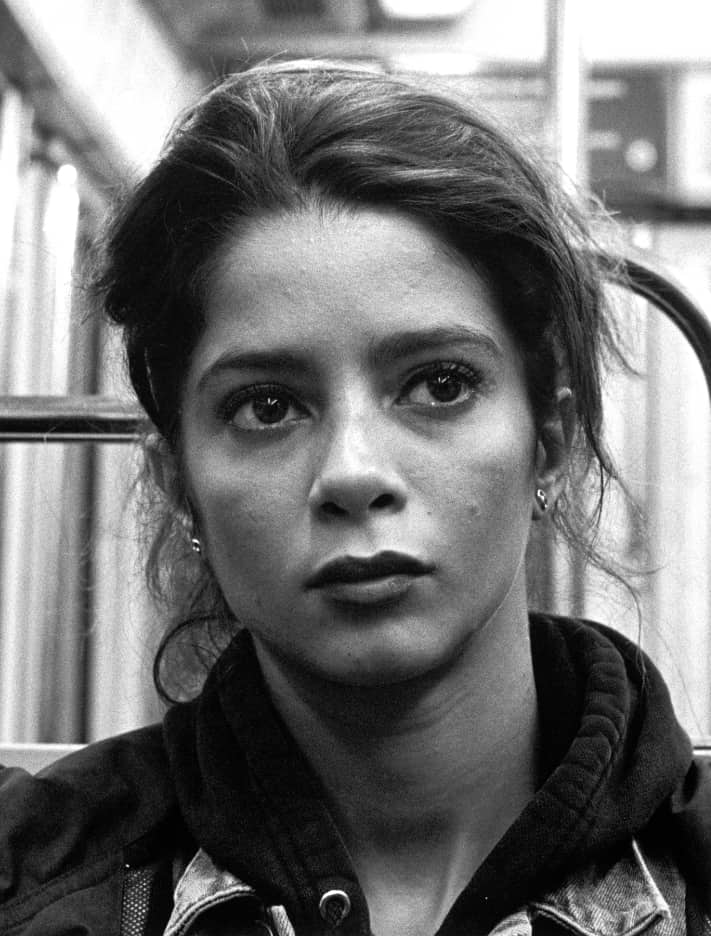
Luc Delahaye, L’Autre, 1995–97
Feature
Re-de-photography
Mark Prince argues that in our social media saturated culture, to photograph or film something is becoming a substitute for that same experience
The paradox reflects photography’s conflicted role in a mediated world – rife with image manipulation – as both the medium that most effectively dissembles its form in order to simply attest, and the one most likely to deceive with its evidential appearance.
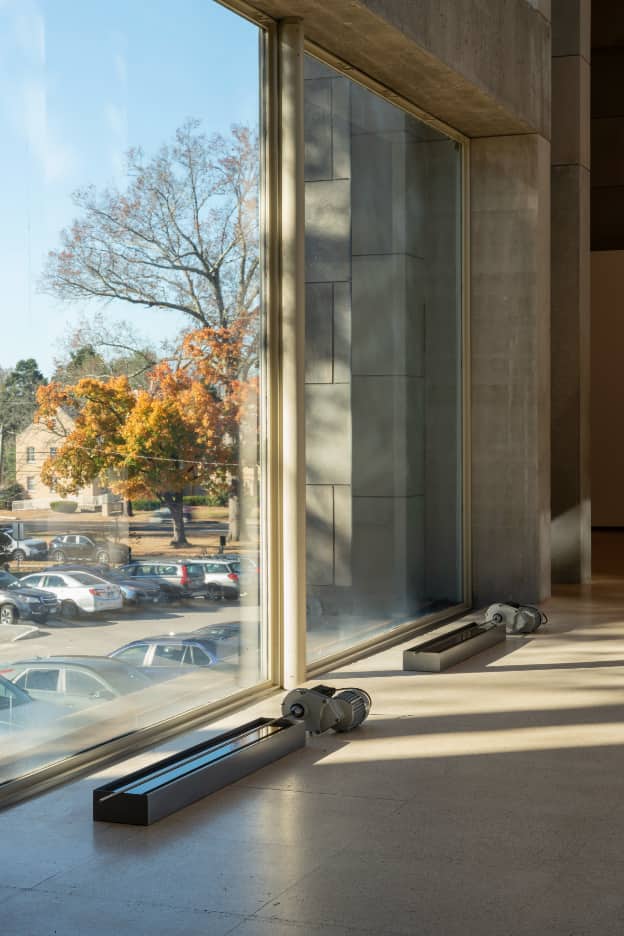
Grant Mooney, Deisal c. i, ii, 2024
Profile
Grant Mooney
Francis Whorrall-Campbell
The removal of the Chisenhale’s windows is enough to enact changes, not only to bodies that pass through the building, but also to the objects the artist has placed in the gallery. Over the course of the exhibition, the volatile currents of air and moisture slowly cause the works’ surfaces to oxidise.
Editorial
Raising Ghosts
Keir Starmer’s Labour government is haunted by the ghosts of triple election-winner Tony Blair and his New Labour agenda that, contrary to myth, not only ended in failure but also paved the way for many of the problems we’re facing today – resurrection is not the answer.
Imagine refusing to show your future digital ID to the police, armed as they are not just with tear gas and tasers but with SOCPA (the Serious Organised Crime and Police Act 2005), whose powers allow police to search and arrest you without charge. Daniel Ward’s documentary, Lonesome Ghosts, serves as a reminder of the ease with which police powers – of surveillance and undercover work in this case – can be abused.
Artnotes
Ire at Fireworks
Cai Guo-Qiang’s White Cube exhibition draws protests; the NEA’s interpretation of Donald Trump’s orders have been ruled unlawful; M HKA’s future is cast into doubt; the Met is the unwitting host of a guerrilla AR exhibition; the British Museum gala ball is disrupted by protesters; plus the latest on galleries, people, awards and more.
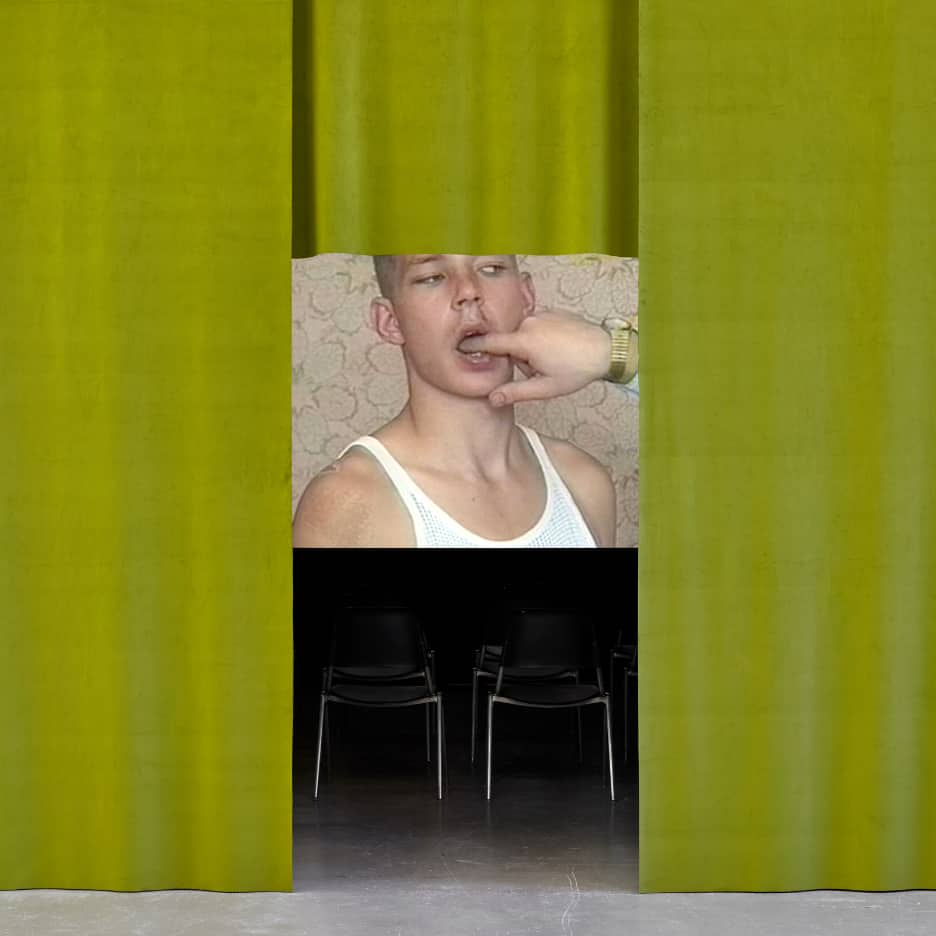
William E Jones, The Fall of Communism as Seen in …, 1998, ‘On the Origins of the 21st Century or …’, Kunstverein in Hamburg
Exhibitions
Kerry James Marshall: The Histories
Royal Academy, London
Larne Abse Gogarty
Tanoa Sasraku: Morale Patch
ICA, London
Michael Archer
Basel Abbas & Ruanne Abou-Rahme: Prisoners of Love – Until the Sun of Freedom
Nottingham Contemporary
Cherry Smyth
Joyce Joumaa: Prologue
Brunette Coleman, London
Amrita Dhallu
Christopher Williams: Hand Painted Signs, Photographs, Long Play Vinyl, Audiophile Bar, Printed Matter
The Perimeter, London
Duncan Wooldridge
Ketty La Rocca: you you
Estorick, London
Martin Holman
On the Origins of the 21st Century or …
Kunstverein in Hamburg
Chris McCormack
Sixties Surreal
Whitney Museum of American Art, New York
Ravi Ghosh
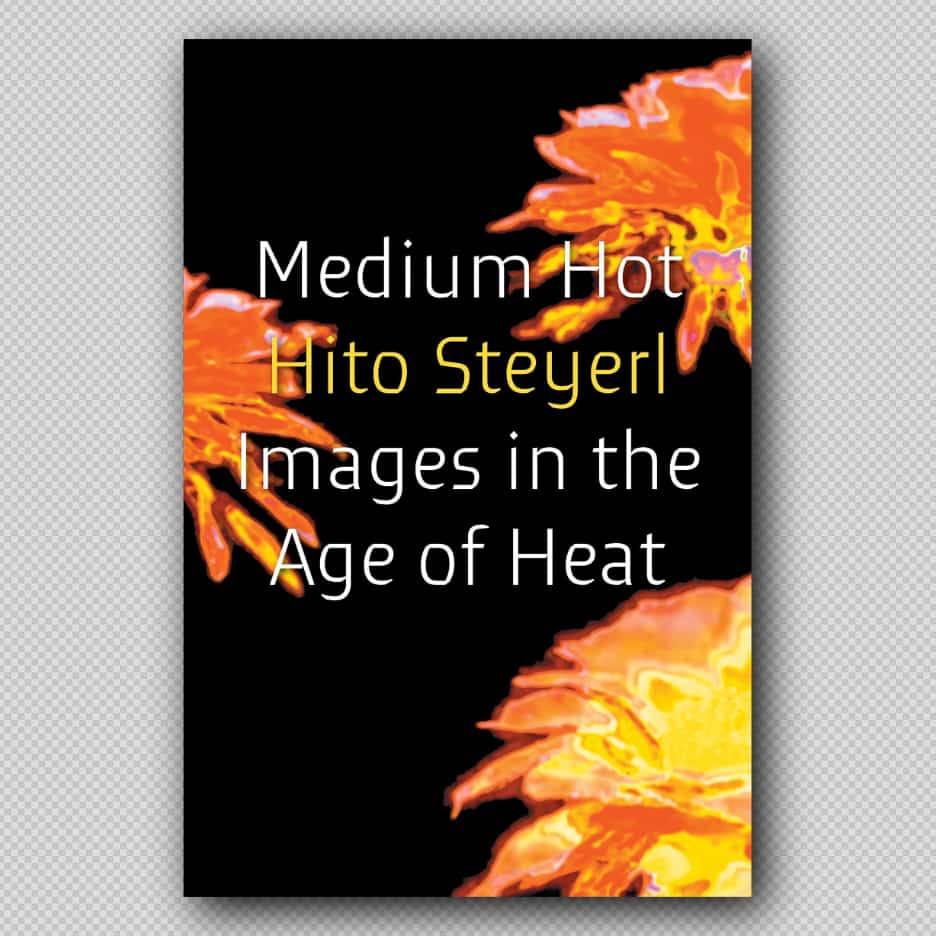
Hito Steyerl, Medium Hot
Books
Hito Steyerl: Medium Hot – Images in the Age of Heat
George Vasey
The book convenes a series of essays exploring generative AI at a brittle moment of global politics and climate emergency. It is a typically dense yet readable book that chronicles Hito Steyerl’s grappling with almost-weekly technological advancements.
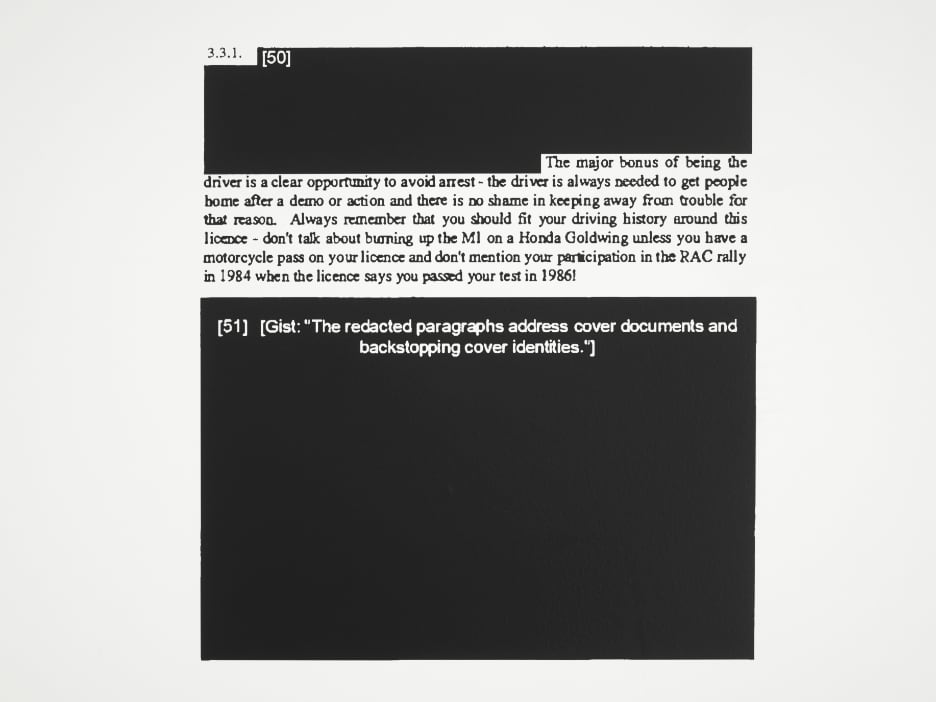
Daniel Ward, Lonesome Ghosts, 2025
Film
Daniel Ward: Lonesome Ghosts
Peter Suchin
Part of Daniel Ward’s vigilance with respect to film’s manufactured form is his direct examination of the use of photography by specially trained police officers carrying out detailed surveillance operations on left-wing protest groups in the 1970s and 1980s.
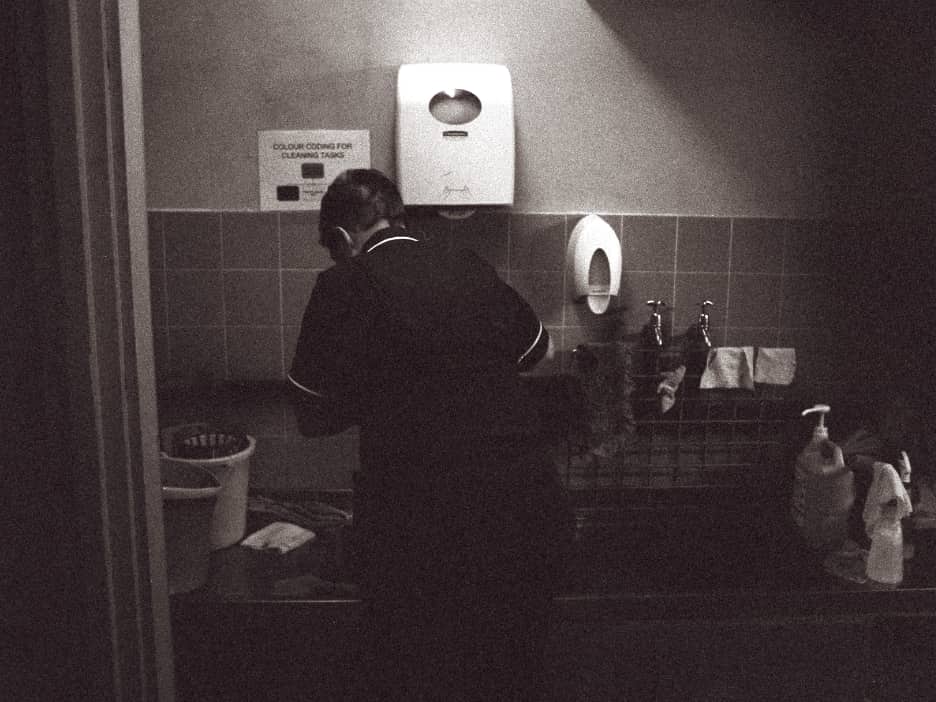
Margaret Salmon, ‘Assembly’
Film
Margaret Salmon: Assembly
Maria Walsh
Rather than being a critique of documentary or observational film, these self-reflexive moments give the viewer the time and the room to feel their way into the unfolding of an encounter.
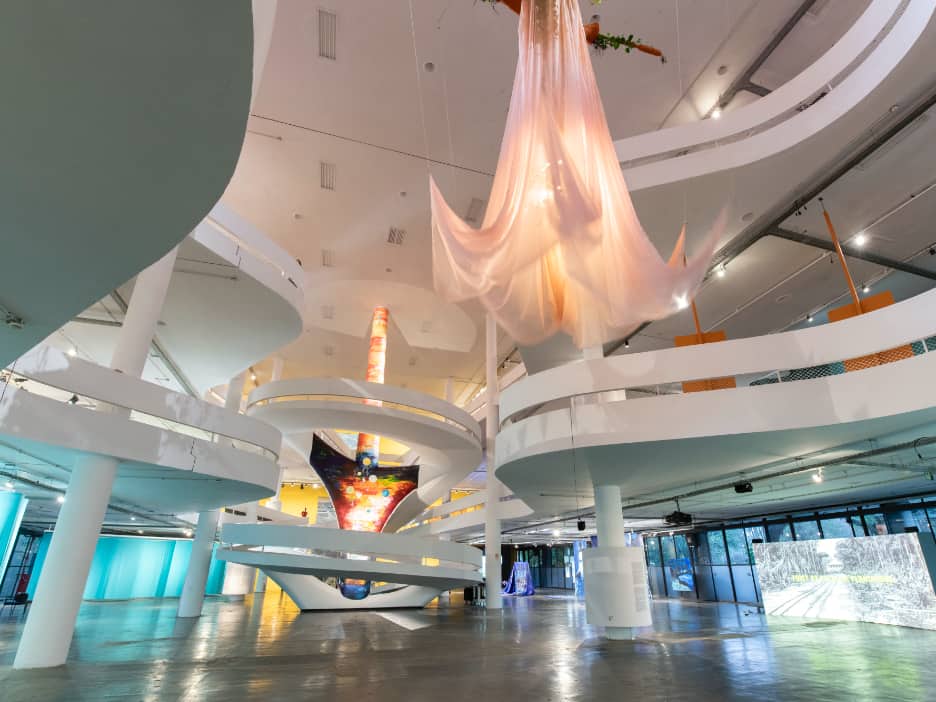
‘Not All Travellers Walk Roads – Of Humanity As Practice’
Reports
Letter from São Paulo
Juan José Santos
The surge of Indigenous art has gained momentum over the past year, and while its visibility within institutional calendars remains significant, a rift is emerging between spaces that exoticise or commodify this art and those that entrust Indigenous communities themselves to curate, emphasising not the ancestral or tribal but the contemporary and hybrid.
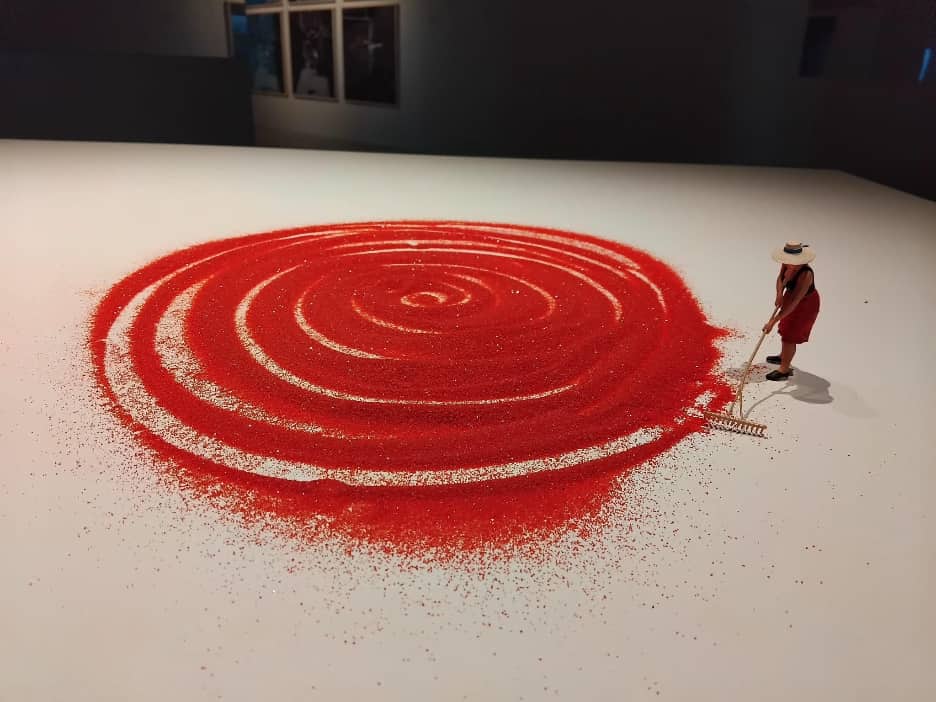
Liliana Porter, Red Sand, 2018
Reports
Letter from Buenos Aires
Bob Dickinson
Signs put up by workers operating the rest of the site of remembrance still proudly announce: ‘IN A BROKEN STATE, WE ARE HOLDING IT TOGETHER.’
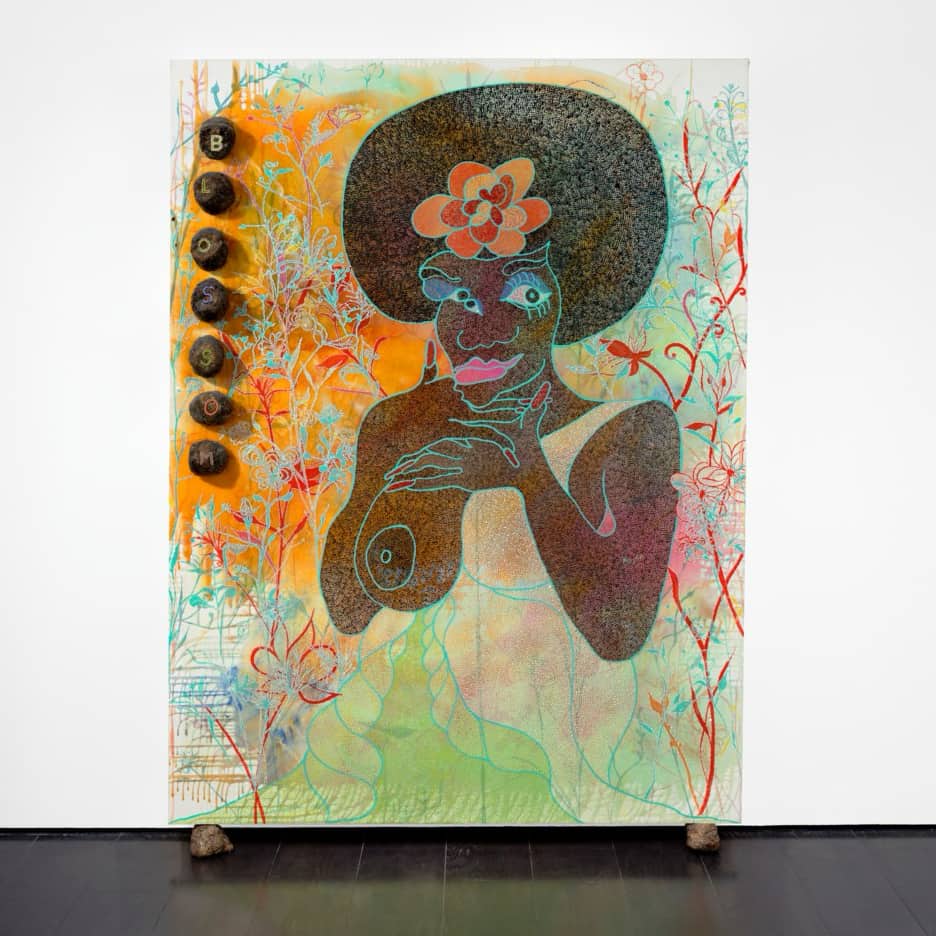
Chris Ofili, Blossom, 1997, estimate £1–1.5m, sold for £2.1m
Salerooms
London Revival
Colin Gleadell
Best performer in relation to estimate was Gary Hume’s portrait Funny Girl, 1995, bought like much else in the collection from White Cube, which soared over a timid £15,000 estimate to sell for £82,500 – nowhere near a record, but one of the better prices for Hume in recent years.
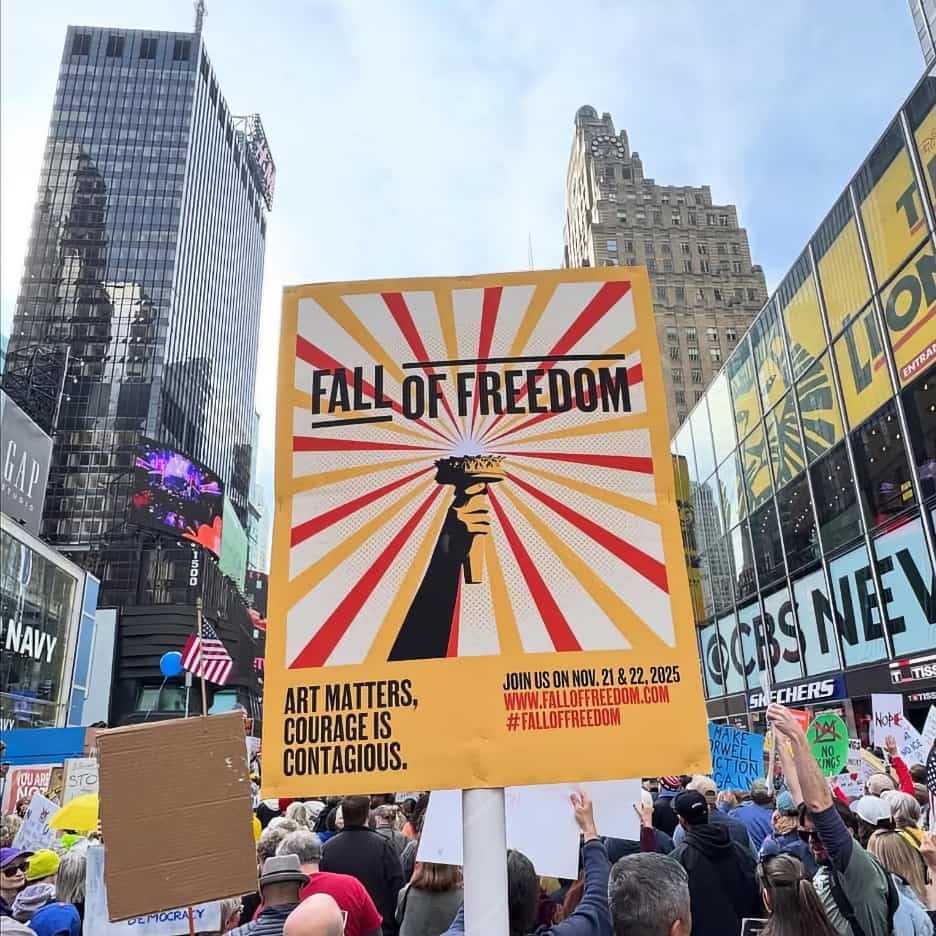
Fall of Freedom at the No Kings march in New York, October 2025, photo Daniel Bejar
Artlaw
Fall of Freedom
Henry Lydiate
Dread Scott had previously aroused controversy with his exhibit at the Art Institute of Chicago, What is the Proper Way to Display a U.S. Flag?, 1988. The work, which consists of a US flag laid on the floor before a wall-mounted silver gelatin print and a shelf with books and pens, invites audience members to participate by standing on the flag to reach the shelf and read/use the books and pens.
